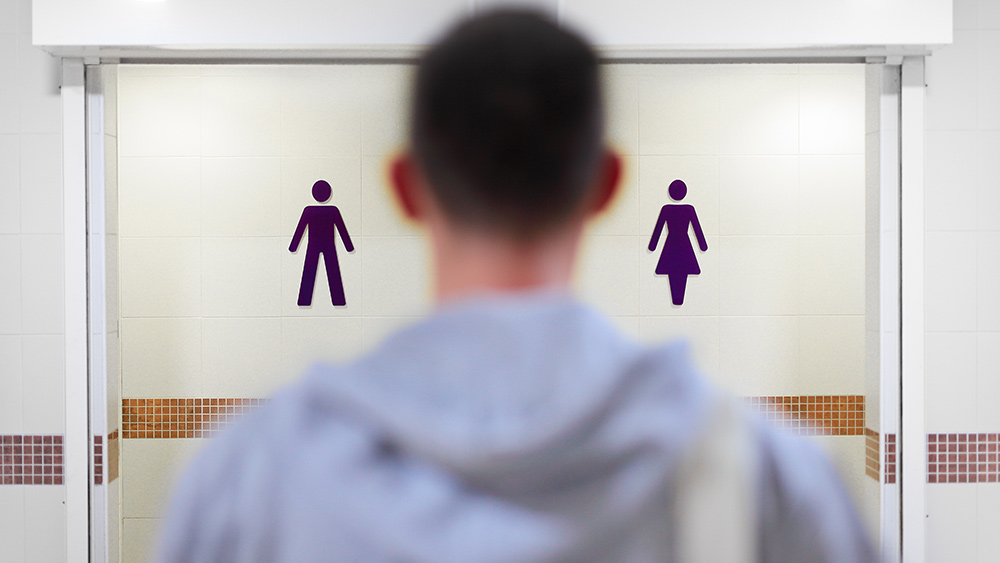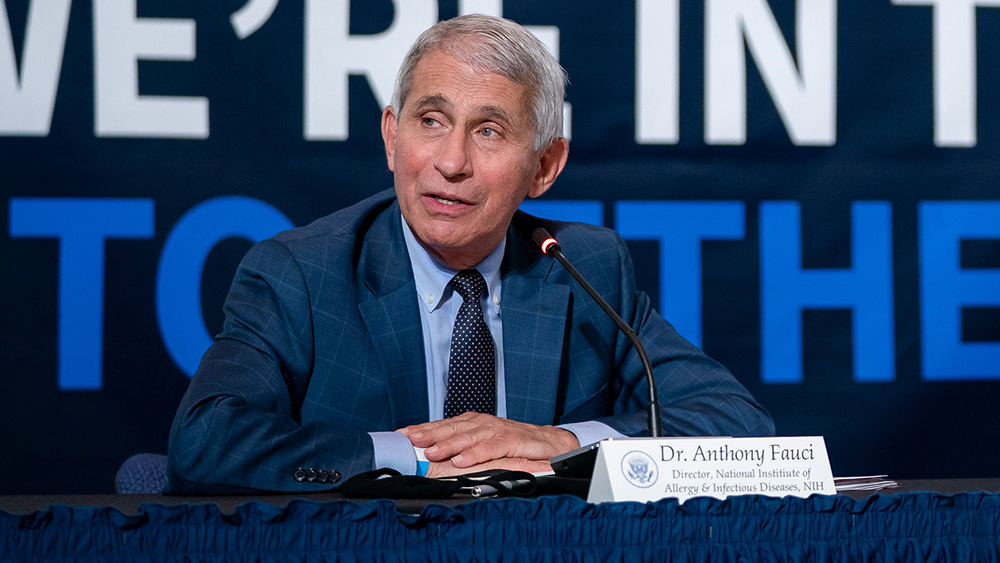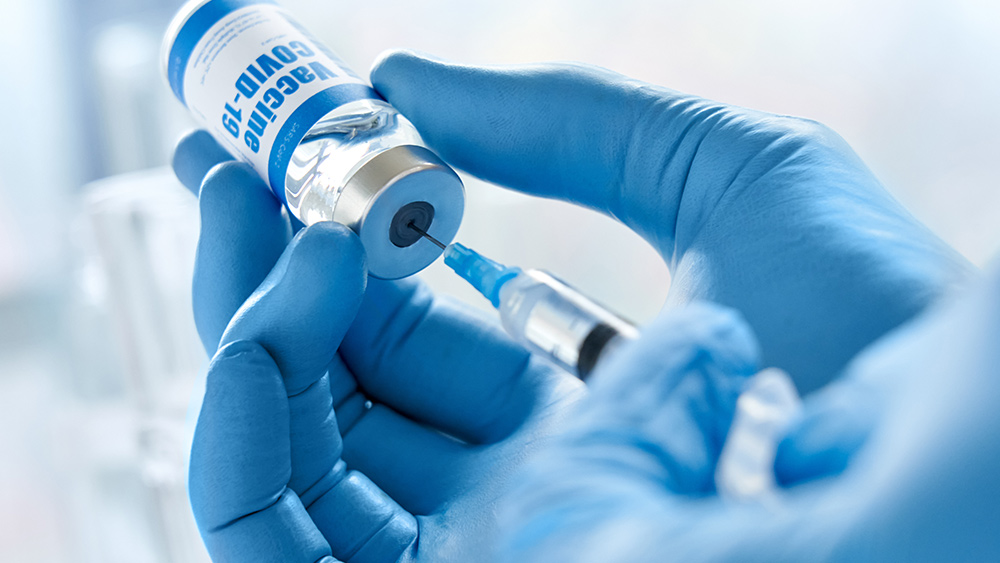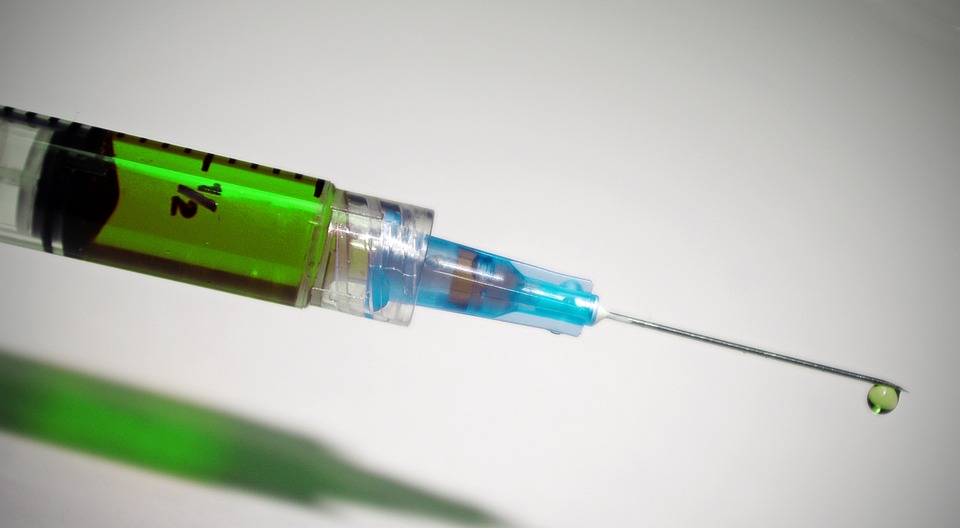Healthcare companies finally starting to realize that disease prevention saves more money than disease “treatment”
12/25/2016 / By JD Heyes

The CEOs of some of the nation’s biggest health care systems are starting to invest more in community health programs, after figuring out that in order to improve health outcomes for tens of millions of lower-income Americans—and thus save themselves money over the long run—they needed to get involved on the local level sooner rather than later.
As reported by Harvard Business Review, balancing the ability to contain costs while at the same time improving the quality of care must center on service delivery, like reducing unnecessary or harmful medical procedures. That said, changing the way health care is financed has pushed some health systems to begin a more holistic approach in a bid to address social factors that impact patients’ health directly.
Think of it as the “community cure” for health care, the HBR reported.
The new rationale for thinking outside the traditional health care delivery box makes for compelling analysis. A recent Robert Wood Johnson Foundation study found that just 20 percent of factors influencing a person’s health can be tied to access and quality of the health care they receive. Researchers discovered that the other 80 percent come from socioeconomic, behavioral or environmental factors, including a lack of exercise, poor diet, insufficient housing, and drug and alcohol use/abuse.
Getting patients healthy instead of treating them when they are sick
As reforms on the federal and state level encourage payers to shift away from traditional fee-for-service models—which focus more on volume than outcomes—and instead towards a pay-for-performance model that encourages keeping people healthy, it becomes clear, economically speaking, that social determinants ought to be addressed.

For instance, poverty has been linked to an increase in the prevalence of asthma. Homelessness increases the frequency of emergency room visits. Urban “fresh-food deserts,” where it is difficult to find nutritious, affordable foods, boost the incidence of type 2 diabetes, HBR noted.
Physicians and other primary health care providers are skilled at treating a sick patient but they are not proficient at keeping people well in the first place. That said, the U.S. health care system has not quickly moved away from procedures and Big Pharma, replacing them as first-line treatment protocols with “upstream” social needs that would improve health overall while reducing costs.
One such health care system is Kaiser Permante Southern California. As one of the nation’s biggest managed-care organizations, Kaiser has discovered that just 1 percent of its patient population accounts for nearly one-quarter of its yearly medical expenditures, and that those costs are very often related to social and behavioral problems that increase the need for healthcare.
‘When you look at poverty, there are so many issues’
In order to adequately address that dramatic financial outflow inequality, the company has allied with Health Leads, a national nonprofit organization that puts volunteers at “family help desks” in outpatient clinics, newborn nurseries, emergency rooms and health centers, where they work with physicians, social workers and other providers of care to deal with a host of needs, while connecting patients to social services and resources within the community.
One of the nonprofit’s first duties assigned from Kaiser was to collaborate with high-cost diabetes patients, more than half of whom required two or more social needs like counseling and better housing—a prevalence that was a great deal higher than Kaiser anticipated. Though it is too soon to reach conclusions from the effort, Health Leads’ program at Massachusetts General Hospital in Boston has led to better blood pressure and cholesterol levels among adult patients, HBR reported.
Health Leads is attempting to help patients cope with a range of health-related social issues, but another organization—ProMedica, in northwest Ohio and southeast Michigan—has instead shifted its focus to the health effects of hunger and bad nutrition. Serving 1.5 million people, ProMedica decided to initiate action after a study found that a substantial proportion of patients got by on low-nutrition diets including pizza, chips, tacos and soda. The result: Higher-than-average rates of diabetes, heart disease, back issues and obesity.
“When you look at poverty, there are so many [overwhelming] issues—education, crime, underemployment, and so on,” said Randy Oostra, ProMedica’s president and CEO. “But hunger [and malnutrition] was something we could get our arms around. We can screen every single patient we touch for hunger.”
Sources:
Submit a correction >>
Tagged Under:
environmental factors, NaturalNews.com, poverty, primary healthcare, social issues
This article may contain statements that reflect the opinion of the author





















